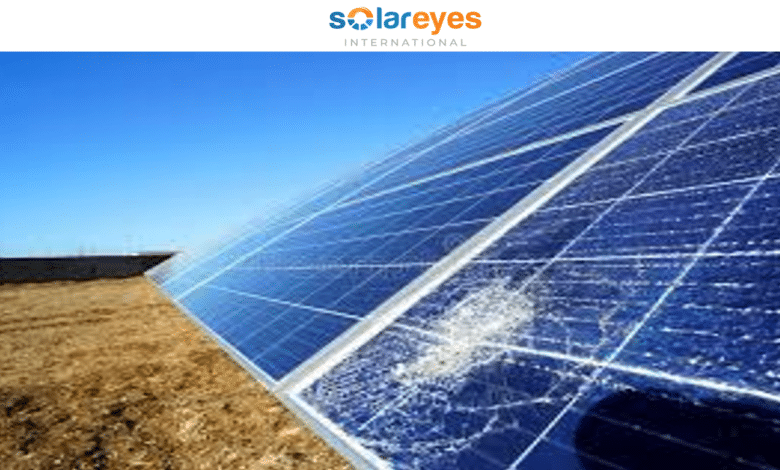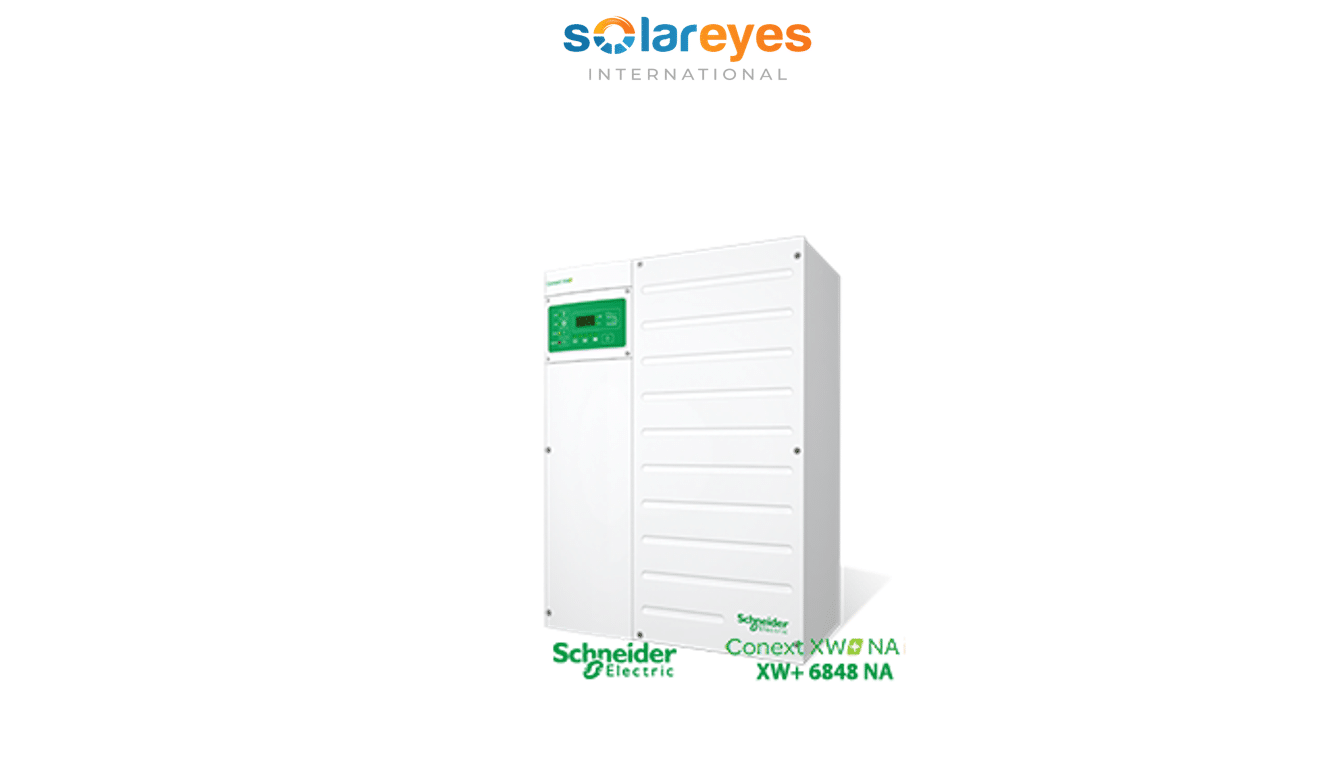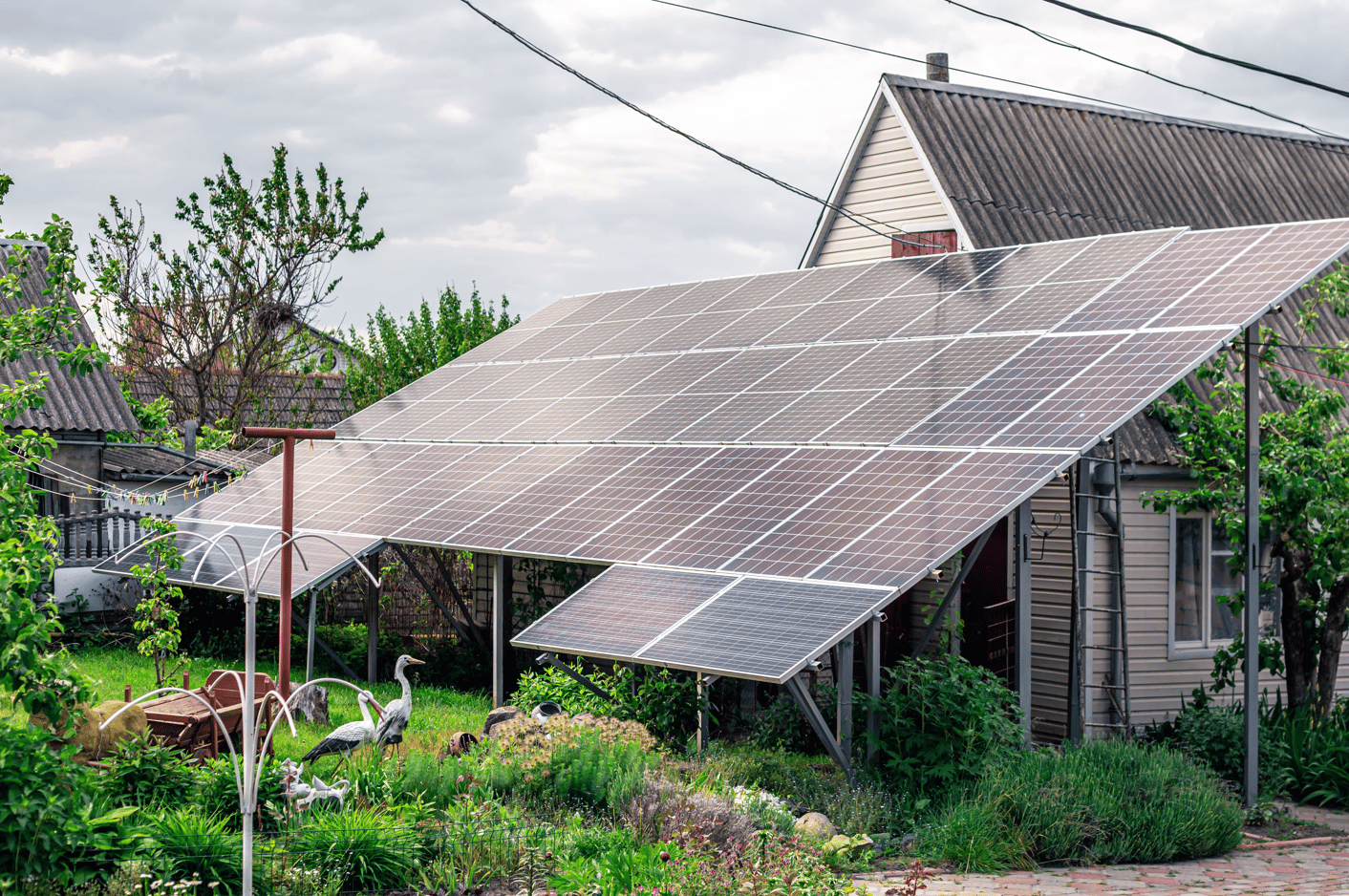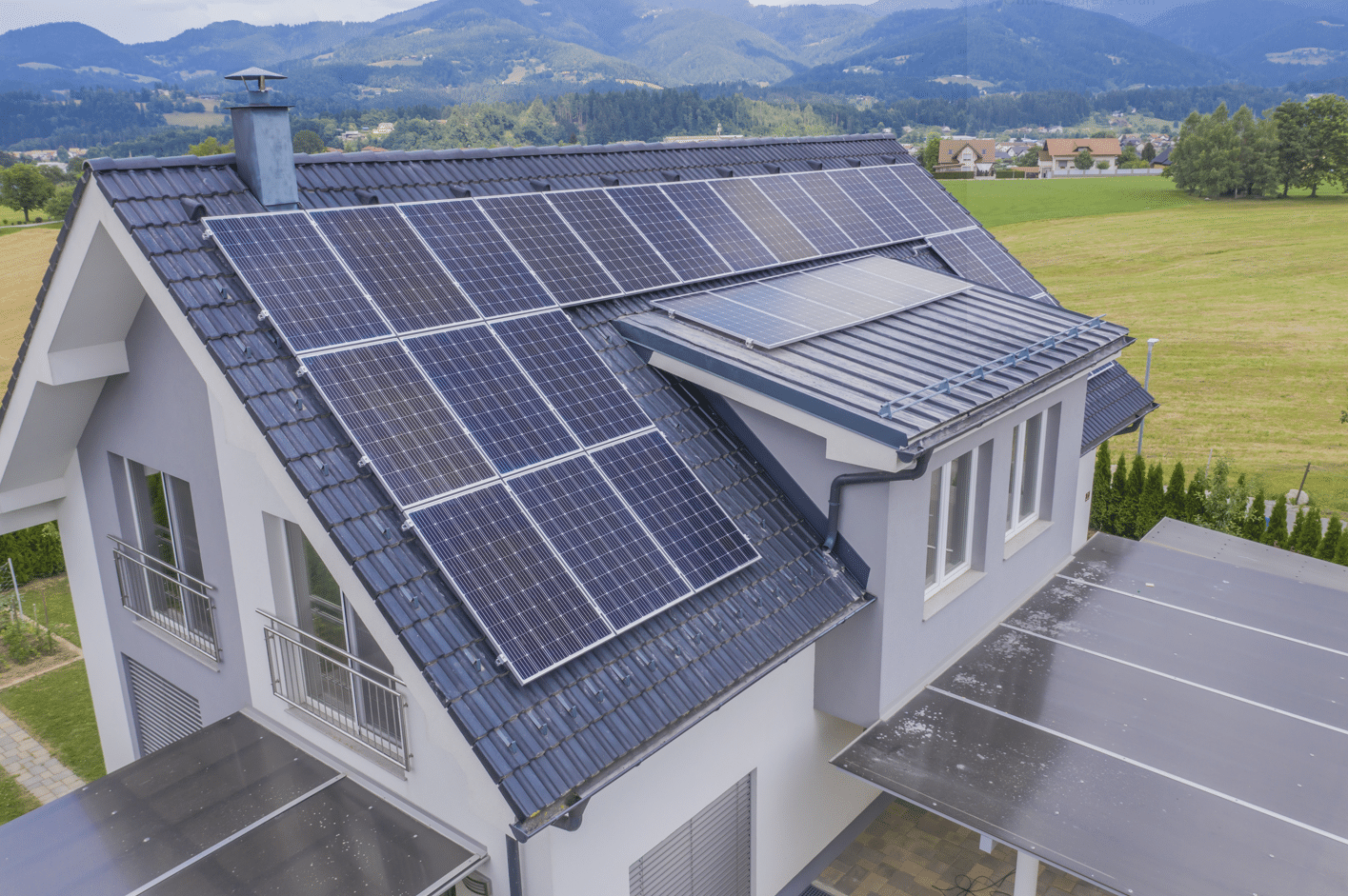10 Solar Panel Defects You Can Detect By Yourself: A Comprehensive Guide
10 Solar Panel Defects You Can Detect By Yourself: A Comprehensive Guide

Solar energy has emerged as a popular and sustainable alternative to traditional power sources. As more homeowners and businesses embrace solar panels, it becomes crucial to ensure their efficient operation and longevity.
Identifying potential defects in your solar panels is essential for maximizing their performance and avoiding costly repairs. Today, we will explore ten common solar panel defects that you can easily detect by yourself. By learning how to identify these issues early on, you can take proactive measures to maintain the efficiency and reliability of your solar system.
10 Solar Panel Defects You Can Detect By Yourself
Below is a list of common solar defects you can detect by yourself.
1. Cracked or Damaged Glass
The glass covering of a solar panel acts as a protective shield against environmental factors. Inspect your panels regularly for any visible cracks or damage caused by hailstones, falling debris, or extreme weather conditions. These cracks can compromise the structural integrity of the panel and hinder its ability to generate electricity efficiently.
***ALSO READ: 10 Surprising Ways Solar Energy Can Save You Money Today!
Even when you are buying new solar panels, always remember to inspect them before buying.
2. Discoloration or Yellowing
Over time, exposure to sunlight may cause discoloration or yellowing of the surface material on your solar panels. This discoloration could be an indication of underlying issues such as moisture penetration or degradation of protective coatings.
Regular inspections will help you identify these early signs before they escalate into more significant problems.
3. Hot Spots
Hot spots refer to localized areas on a solar panel where excessive heat is generated due to manufacturing defects or shading issues caused by nearby objects like trees or buildings. These hot spots can lead to module degradation and reduced overall system performance if left unaddressed.
4. PID (Potential Induced Degradation)
Potential Induced Degradation occurs when voltage differences between the frame and cells within a panel create an electrical leakage path that reduces its output capacity over time. By monitoring the performance ratio of your panels periodically, you can detect any significant drops in efficiency that may be attributed to PID.
5. PID (Potential Induced Degradation) Inverter Issues
In addition to panel-related PID, inverters can also experience degradation issues. Faulty or poorly maintained inverters can lead to reduced energy conversion efficiency and impact the overall performance of your solar system. Keep an eye out for warning signs such as abnormal noise, flickering lights, or inconsistent power output.
6. Loose Connections
Loose electrical connections within your solar panel system can result in voltage drops, overheating, and even complete system failure. Regularly inspect the wiring and connectors to ensure they are secure and free from corrosion or damage caused by weather conditions.
*** ALSO CHECK: HOW TO SIZE A SOLAR SYSTEM – 5 clear steps anyone can follow
7. Delamination
Delamination refers to the separation of layers within a solar panel due to moisture penetration or manufacturing defects. This defect can lead to reduced energy production and potential safety hazards if not addressed promptly.
8. Module Mismatch
Module mismatch occurs when different panels with varying specifications are connected in a single array. This mismatch can result in imbalanced power generation, limiting the overall efficiency of your solar system.
9. Microcracks
Microcracks are tiny fractures that may occur on the surface of solar cells due to thermal stress or mechanical strain during installation or transportation processes. These cracks may not be immediately visible but can gradually impact energy production over time.
10. Grounding Issues
Proper grounding is crucial for maintaining the safety and performance of your solar panel system. Faulty grounding can result in electrical shocks, equipment damage, and reduced operational efficiency.
Conclusion
By familiarizing yourself with these ten common defects that you can detect by yourself, you will be better equipped to identify potential issues early on and seek professional assistance if necessary. Regular maintenance checks combined with proactive measures will help you maximize the lifespan of your solar panels while ensuring optimal energy production for years to come.
***ALSO CHECK: HOW TO IDENTIFY FAKE SOLAR PRODUCTS – 6 things to check





